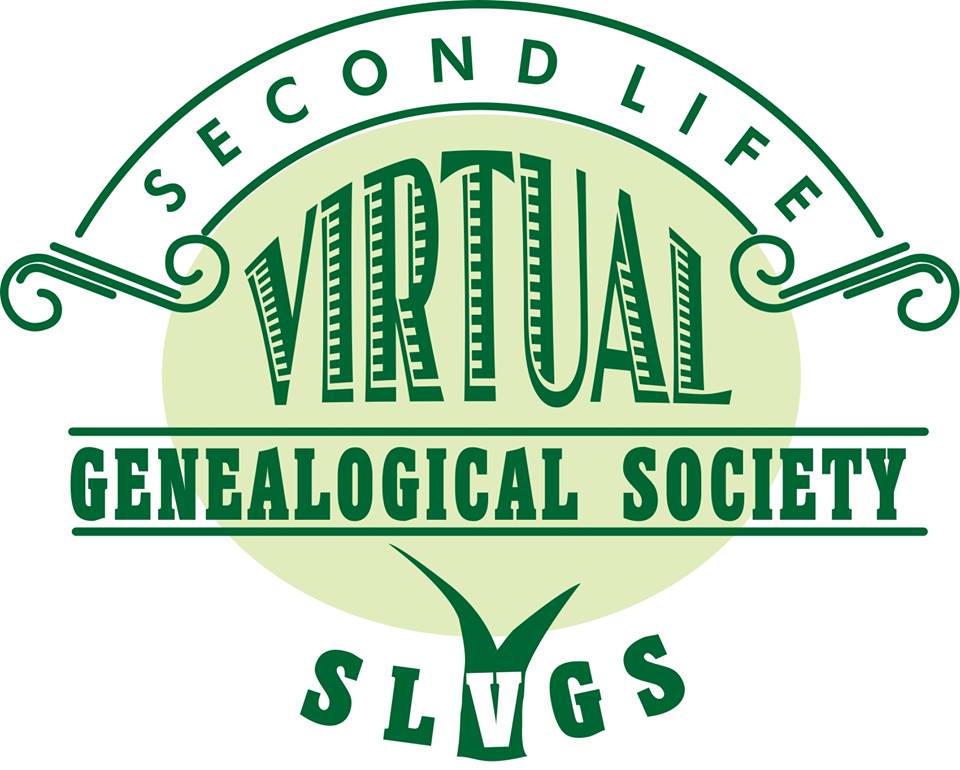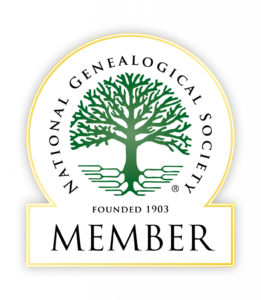The following is a guest post from Red Rider, who serves as moderator and host of our DNA Study Group.
The first meeting of our DNA Study Group at the Second Life Family History Centre was an overview of all types of DNA tests available. Autosomal (atDNA), Y DNA, and mitochondrial (mtDNA), are the 3 tests offered by the genetic testing companies. Only Family Tree DNA offers a list of genetic matches with their Y and mtDNA tests.
Here is a review of some of the material we covered:
- Y DNA is only passed down to sons from their fathers. It only traces the direct male line. This is a marker test. The cost of the test depends on the number of markers tested; 12 to 111 marker tests are available. Mutations on markers change the numerical value assigned to marker testers. The marker mutations separate family lines. Y DNA tends to mutate frequently enough for it to be useful in separating family lines.
- Mitochondrial DNA, or mtDNA, is passed down from mothers to sons and daughters. Fathers do not pass their mtDNA down to their children. This test is good for solving problems along the direct maternal line. The partial mtDNA test, which generally includes HVR1 and HVR2, can include cousin matches who share ancestors over 28 generations. Or around 700 years ago. The full sequence test helps eliminate matches beyond the genealogically relevant time period. Full sequence matches generally share an ancestor within the past 500 years. The reason these matches can share ancestors so far back in time, and still match us, is mtDNA mutates slowly. As with the Y DNA mutations are used to assign matches. Mitochondrial DNA mutates more slowly than Y DNA.
- The autosomal test is the most popular because it provides more comprehensive results. Instead of just looking at the male or female lines this test includes all inherited DNA lines. We inherit half our autosomal DNA from each parent. Roughly a quarter of our atDNA comes from each grandparent. Recombination means that we share varying amounts of DNA from more distant ancestors. This test is offered by the 3 major testing companies, i.e., 23andMe, AncestryDNA, and Family Tree DNA. Matches are assigned based on matching segments on our autosomal chromosomes. This test is most accurate for close relatives. More distant relationships require verification using traditional genealogy research methods.
Future meetings will focus on the vocabulary used in genetic genealogy, and resolving problems encountered when using DNA to solve genealogy problems. Group member discussions will allow us to share our experiences with using DNA for genealogy. There have been heated debates on genealogy forums, and in the media, about exactly what DNA purports to tell us, and what can really been proven using DNA. We’ll discuss some of these challenging issues during our next Sunday discussions.


